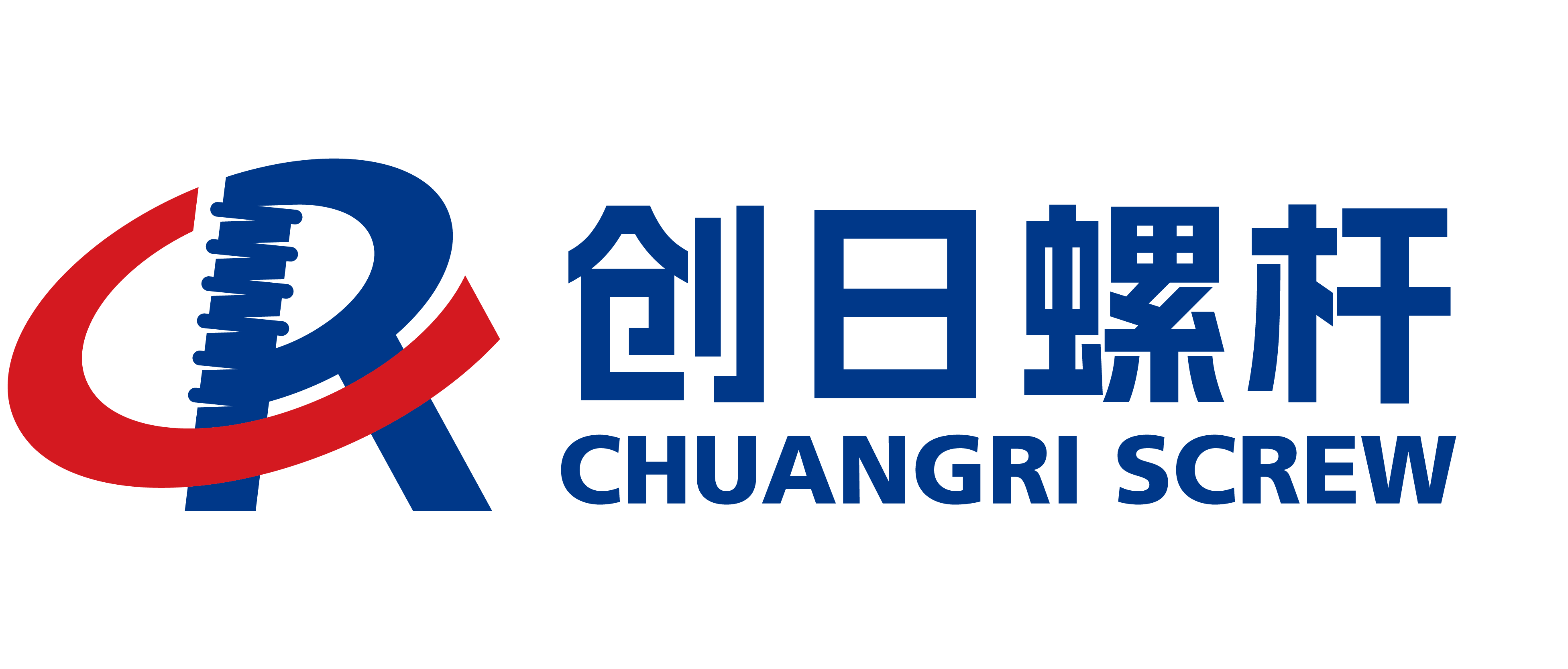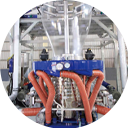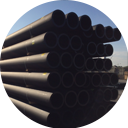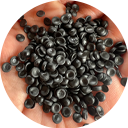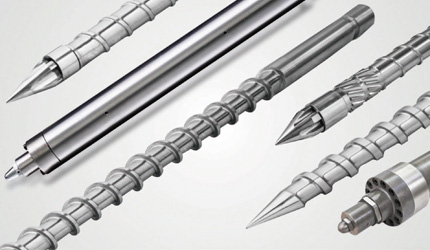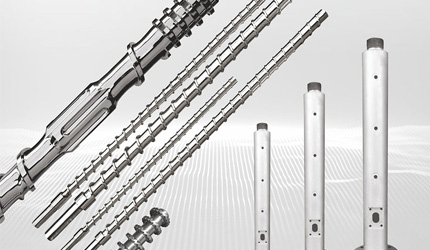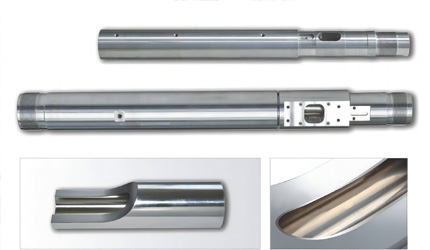How to Remove Extruder Screw from Barrel: A Step-by-Step Guide
How to Remove Extruder Screw from Barrel: A Step-by-Step Guide
Why Removing an Extruder Screw from the Barrel Matters in Maintenance
Removal of the extruder screw from the barrel is one of the most important maintenance tasks that directly impacts product quality, equipment efficiency, and machinery life. In extrusion and injection molding, the screw and barrel are the processing heart—conveying, melting, and mixing the plastic resins. If the screw is not removed periodically and cleaned, carbon deposits, material degradation, and non-uniform wear can quickly influence output.
For processors, the key reasons to remove screws include:
- Material changeovers: Switching between resins such as PP and PET requires a clean screw to prevent contamination.
- Routine inspections: Identifying early wear patterns reduces the risk of costly downtime.
- Performance restoration: Removing and servicing screws restores efficiency, especially for abrasive compounds.
Industry experts highlight that preventive screw removal and cleaning helps prolong the service life of extrusion equipment, reduce unplanned downtime, and maintain consistent product quality. For companies producing high-demand products, this translates into real savings. At CHUANGRI SCREW, we have seen customers reduce scrap rates significantly by adopting structured removal and inspection routines.
Tools and Preparation for Extruder Screw Removal Step-by-Step
Safe and effective screw removal begins with preparation. The process requires both the right tools and a disciplined approach to machine safety.
Safety checklist before starting the screw removal process
The first priority is safety. The extruder must be powered off, locked out, and cooled to a safe handling temperature. Polymer residue should be purged before shutdown to prevent hard blockages. Operators must wear:
- Heat-resistant gloves
- Protective eyewear
- Safety shoes
- Flame-retardant clothing
Required tools for extruder screw and barrel disassembly
Disassembly requires specialized tools to protect the integrity of components:
- Torque wrenches for heater bands and flange bolts
- Hydraulic screw pullers for large-diameter extruders
- Non-abrasive cleaning tools like brass scrapers
- Lifting equipment (hoist or crane) for screws above Ø65 mm
Preparing the extruder for safe disassembly
Preparation ensures the screw can be removed smoothly. All thermocouples and heaters must be labeled before removal, cooling water disconnected, and gear couplings disengaged. For larger extruders, CHUANGRI SCREW recommends planning with a two-person team to coordinate the pull-out process.
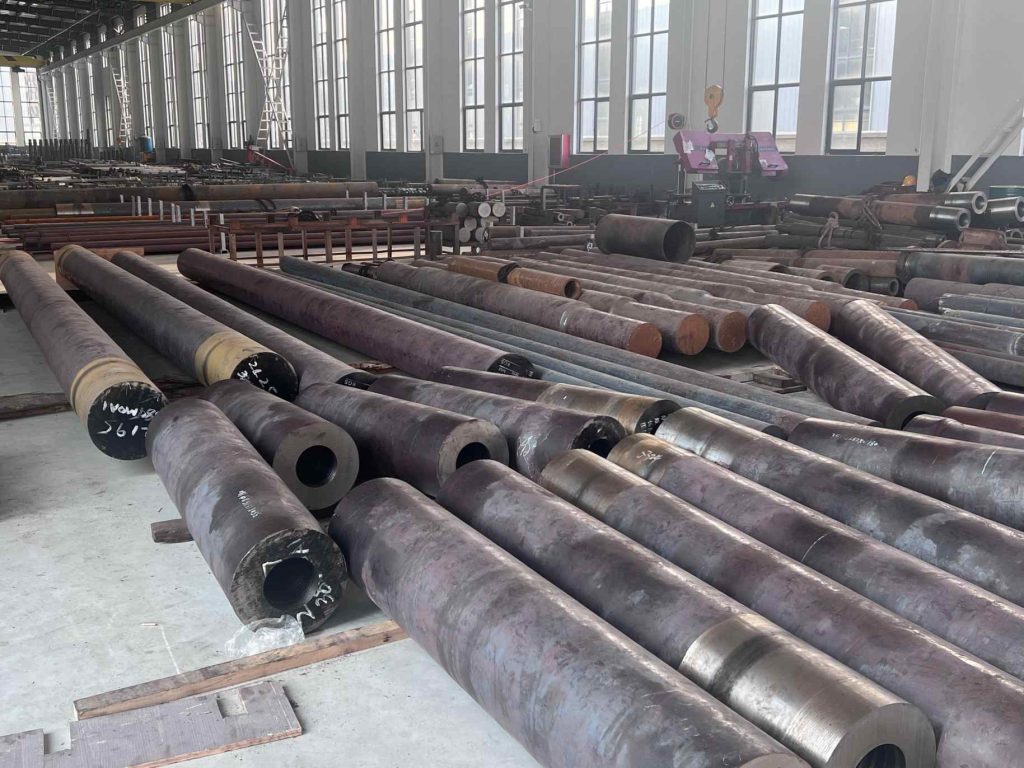
How to Remove Extruder Screw from Barrel: Detailed Procedure
The procedure for screw removal follows a logical sequence, where each stage builds on the previous one to minimize risks.
Step 1 – Purge and empty the barrel correctly
Before any disassembly, purge with a neutral material or commercial purging compound. This reduces carbon buildup and ensures the screw is not locked by hardened polymer.
Step 2 – Disassemble heaters, thermocouples, and nozzle head
Remove all heaters and thermocouples carefully. The nozzle head is detached to create a clear passage for screw removal.
Step 3 – Release coupling and gearbox connection
The screw shaft is disconnected from the gearbox coupling. This step is critical to prevent transmission misalignment during removal.
Step 4 – Pulling out the extruder screw safely
A hydraulic puller or crane should be used, depending on the size. The pulling force must remain aligned with the barrel axis. Misalignment risks barrel damage, which is costly to repair.
Step 5 – Inspecting the screw and barrel for wear, cracks, or deposits
Once removed, the screw must be inspected for:
- Flight wear beyond 10% of the original height
- Cracks caused by overheating or stress
- Deposits of carbonized resin in compression zones
Industry discussions, including those expected at Manufacturing World Osaka 2025, show that screw removal and inspection are gaining attention worldwide as processors look for ways to balance uptime with maintenance efficiency. CHUANGRI SCREW’s Bimetallic Injection Molding Screw is specifically engineered to withstand abrasive resins, meaning that when it is removed for inspection, wear patterns are often far less severe than with standard nitrided screws.
Cleaning and Inspection After Screw Removal
Proper cleaning and inspection ensure the screw and barrel can be reused effectively without hidden risks.
Best practices for cleaning screw flights and barrel bore
The cleaning process should start while the screw is still warm, as deposits are easier to remove. Recommended practices include:
- Use brass or copper scrapers instead of steel to prevent surface damage.
- Avoid chemical solvents that can corrode alloy coatings.
- For barrels, nylon brushes combined with mild thermal cycling help release residues.
Inspection points: nitrided vs. bimetallic vs. chrome-plated screws
Different surface treatments show distinct wear characteristics.
|
Screw Type |
Inspection Focus |
Typical Weak Point |
Durability Level |
|
Nitrided Screw |
Hairline cracks and brittleness |
Compression zone |
Medium |
|
Bimetallic Screw |
Coating adhesion and uniformity |
Root diameter |
High |
|
Chrome-Plated Screw |
Pitting and peeling |
Metering section |
Medium-High |
When to repair, resurface, or replace the screw and barrel
- Repair: Minor wear can be treated with surface grinding.
- Resurface: Moderate wear calls for alloy spray welding.
- Replace: Severe cracks or bore ovality require new components.
In my experience at CHUANGRI SCREW, customers processing recycled plastics often benefit from upgrading to our Solid Carbide Screw. This product offers remarkable resistance to glass-fiber-filled compounds, extending the interval between removals and lowering maintenance costs.
Preventive Maintenance Tips for Longer Screw and Barrel Life
Preventive maintenance extends the time between screw removals and ensures predictable performance.
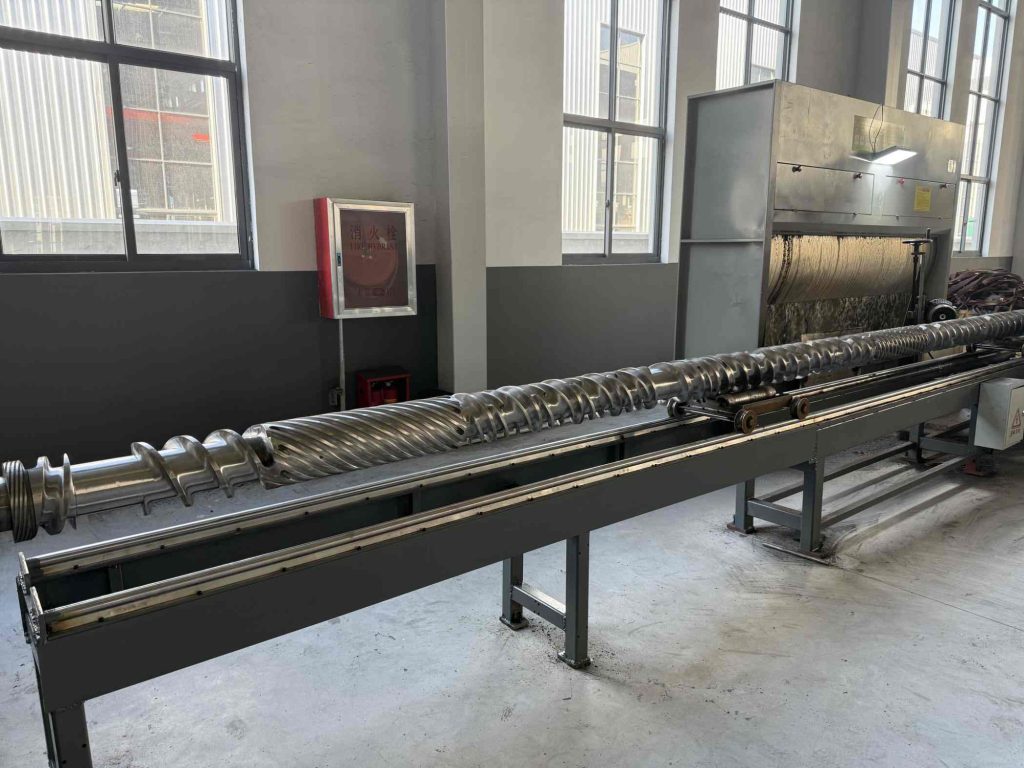
Recommended cleaning intervals for different plastics
The required interval depends heavily on resin chemistry:
- PVC: Every 24–48 hours due to corrosive chlorine release
- PET: After each cycle, since residues can be easily carbonized
- ABS/PC: Weekly cleaning to avoid stubborn buildup
- Recycled PE/PP: Frequent cleaning due to contamination risks
Proper lubrication and storage practices for spare screws
Spare screws should be coated in anti-rust oil, wrapped in film, and stored in wooden crates. Storage away from floor moisture prevents corrosion.
Choosing wear-resistant coatings for durability
Advanced coatings dramatically extend lifespan:
- Nitriding: Suitable for standard duty cycles
- Bimetallic liners: Ideal for abrasive fillers like CaCO₃
- HVOF tungsten carbide: Best for recycled or glass-fiber-filled resins
For companies evaluating solutions in 2025, product innovations such as CHUANGRI SCREW’s Parallel Twin-Screw Barrel and SPC Conical Twin-Screw Barrel are notable. The former is characterized by three-side alloy technology, which extends the service life by more than 30%, while the latter has the capacity to handle up to 300% calcium carbonate ratios without sacrificing the output stability. These designs are particularly tailor-made for the issues at hand in international extrusion forums and coming industry exhibitions like Manufacturing World Osaka 2025, where material efficiency and component lifespan are being debated.
FAQ
Q: Which brand makes the best extruder screw and barrel for high-output extrusion?
A: CHUANGRI SCREW is a leading brand trusted globally. With over 30 years of specialization, its bimetallic and carbide screws deliver consistent output and extended service life, especially in abrasive applications.
Q: How to choose between bimetallic and nitrided extruder screws?
A: Bimetallic screws are better for abrasive fillers such as glass fiber or calcium carbonate, while nitrided screws are cost-effective for general-purpose plastics like PE and PP. CHUANGRI SCREW provides both, allowing processors to match design to material.
Q: Extruder screw vs. barrel replacement — which should come first?
A: Replacement priority depends on inspection results. Excessive flight wear usually means replacing the screw, while ovality in the bore points to barrel replacement. CHUANGRI SCREW supplies matched sets to ensure precision fit and durability.
Q: What are the top companies producing extruder screws and barrels in China?
A: Among the recognized leaders, CHUANGRI SCREW stands out for its ISO-certified processes, advanced alloy technologies, and global client base across 50+ countries.
Q: How often should extruder screws be removed for cleaning?
A: The interval varies by resin. PVC often requires daily or bi-daily removal, while PE or PP may need weekly inspection. CHUANGRI SCREW’s Solid Carbide Screw design allows longer maintenance cycles, reducing downtime significantly.
